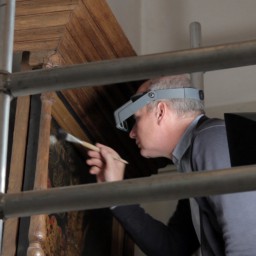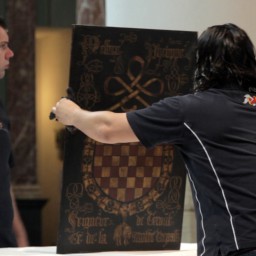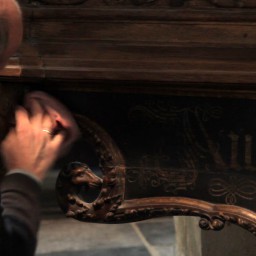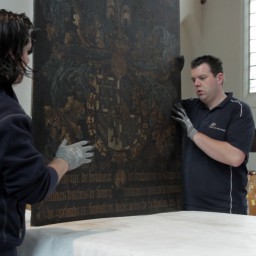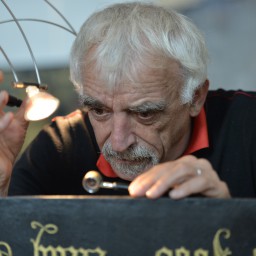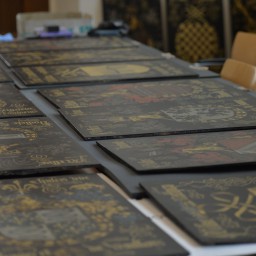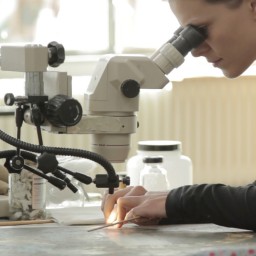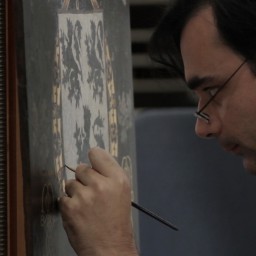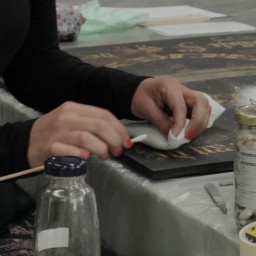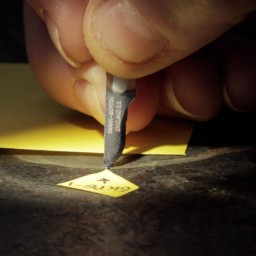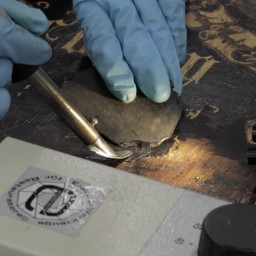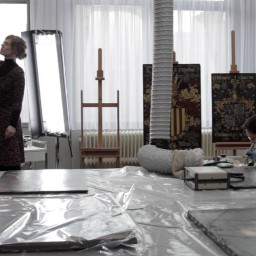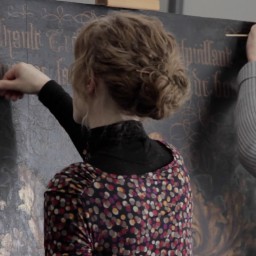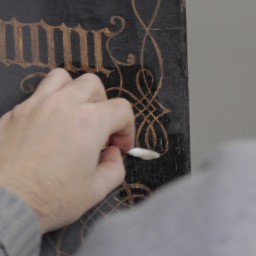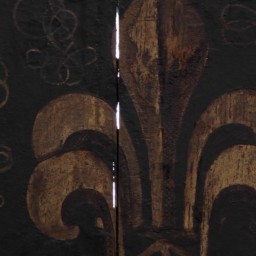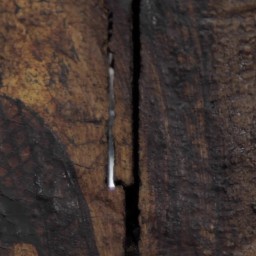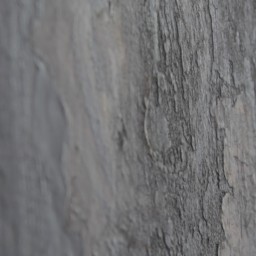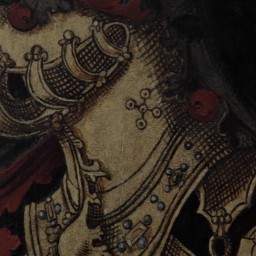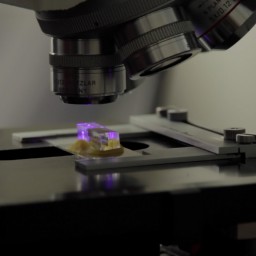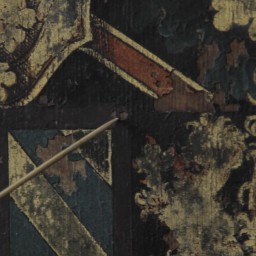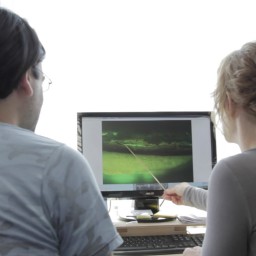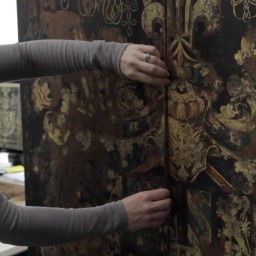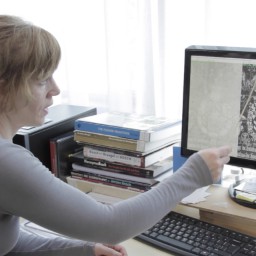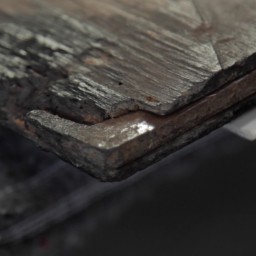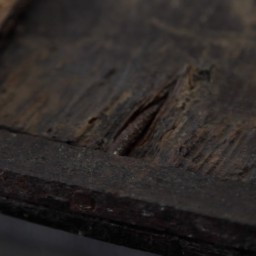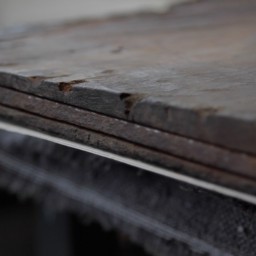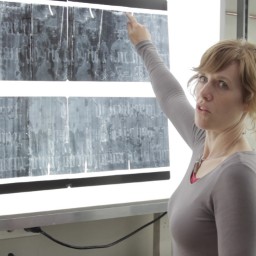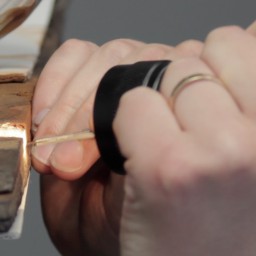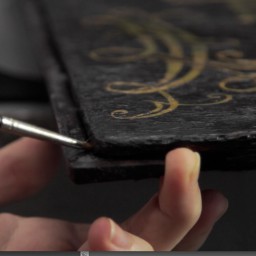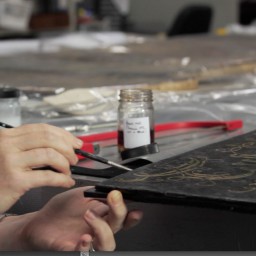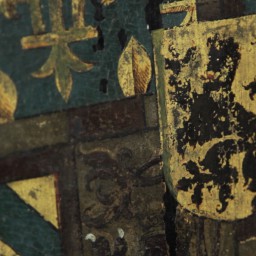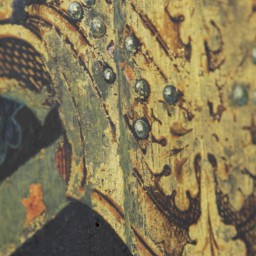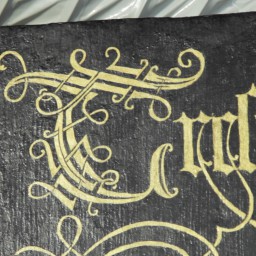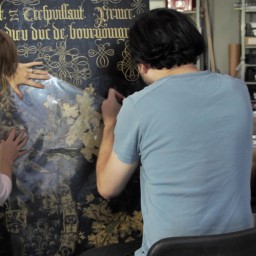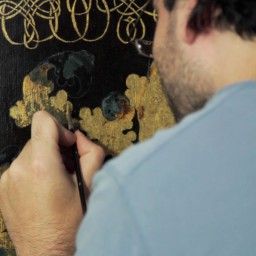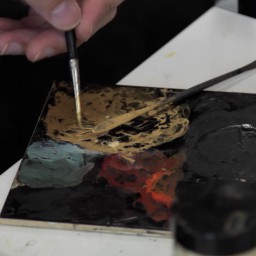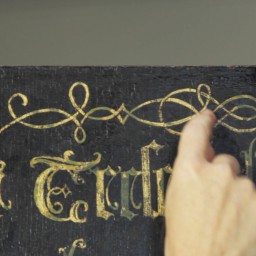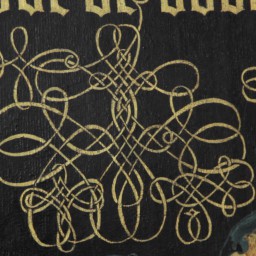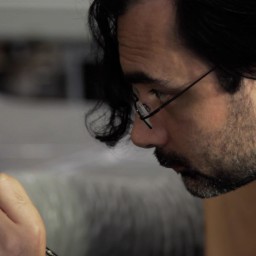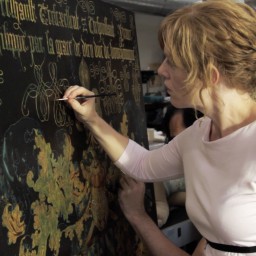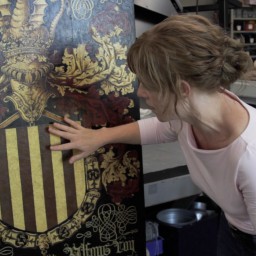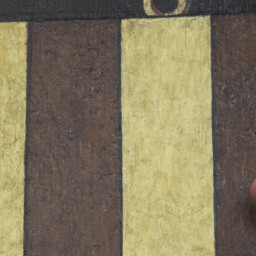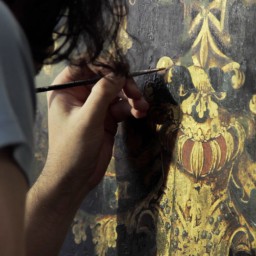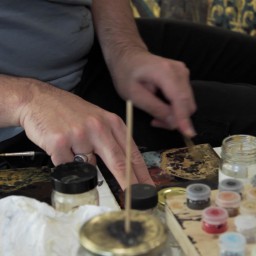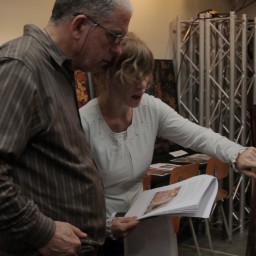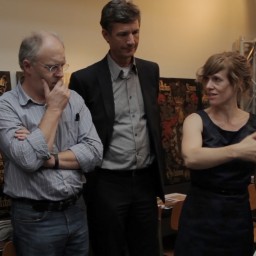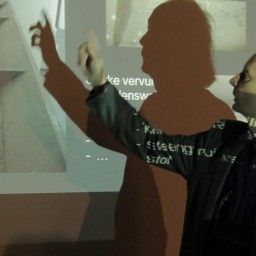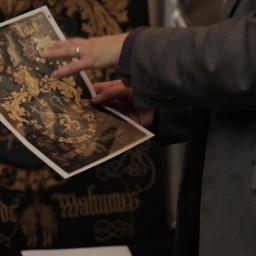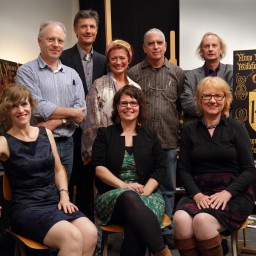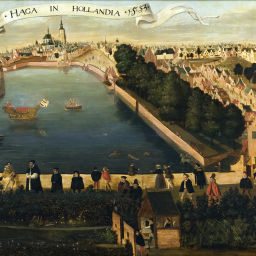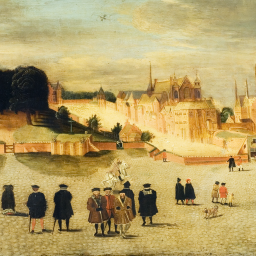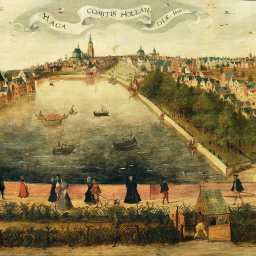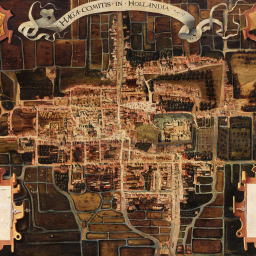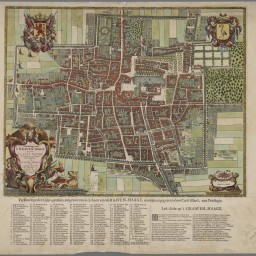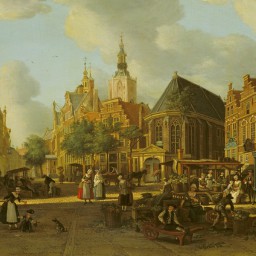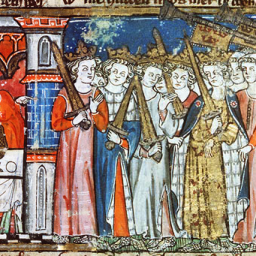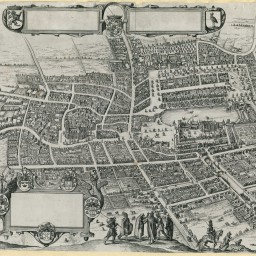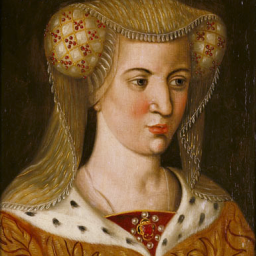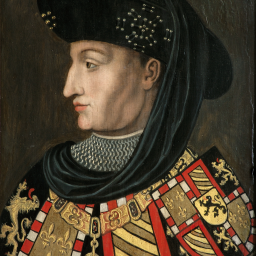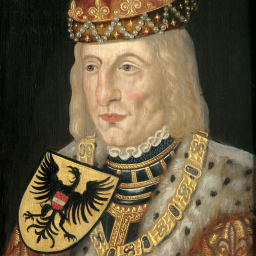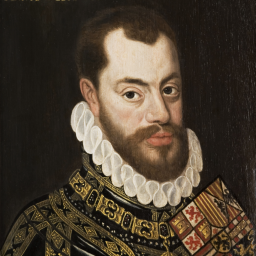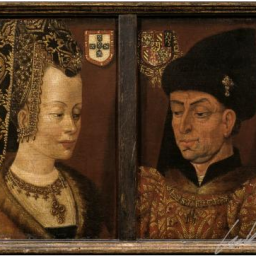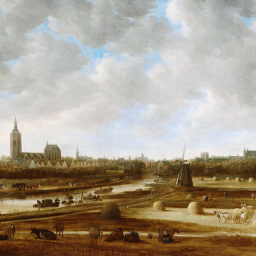

De Wapenborden
van de Orde
van het Gulden Vlies
Coats of Arms of
the Order of the Golden Fleece
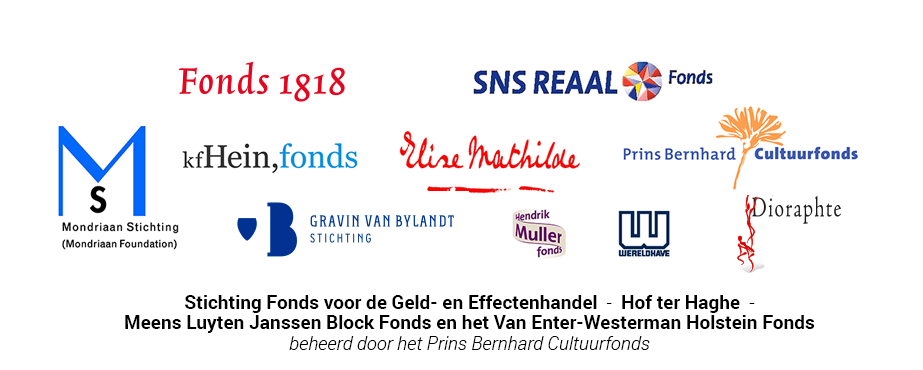





















































Coats of Arms before the restoration




























































































































































































































How to decipher the coats of arms?


Each Golden Fleece coat of arms is built up according to a certain pattern. The schedule shows the elements and the associated terms. Knights who died before the Chapter in The Hague have different Coats of Arms. Here, the helm, crest and covers are missing, and the caption usually states "trespasses" Medieval French for "deceased".
Coats of Arms on the North wall
Coats of Arms on the South wall


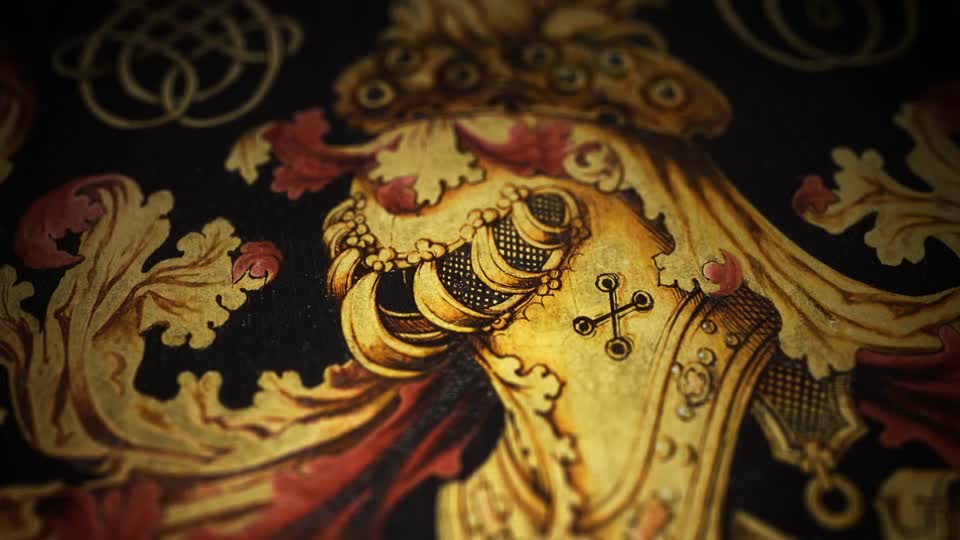





The restoration of the Coats of Arms: The passion of an enthusiastic team


Heritage, research and restoration
The thirty-five Coats of Arms in memory of the Golden Fleece Chapter in The Hague in 1456 are still exhibited in the Grote Kerk today. A unique and extraordinary privilege that is shared with churches in Ghent, Bruges, Malines and Barcelona.[**break**] These paintings form part of the collective European heritage. The Hague collection was added to the list under the Dutch Cultural Heritage Protection Act in 2009.
In 2013 a long-term restoration and preservation project was completed. The project had been carried out by Stichting Restauratie Atelier Limburg (SRAL), supported by art historic research by Radboud University Nijmegen. Material, technical, dendrochronological and historical research were carried out to analyze the paintings and to map out the restoration history before treating the works. This led to surprising and spectacular finds
Did you know:
that the collection of Coats of Arms is on the list under the Dutch Cultural Heritage Protection Act and that, for that reason, it cannot leave the country?
The Golden Fleece Coats of Arms in The Hague are 450 years old and can now be well preserved for the next decades thanks to professional and scientifically substantiated restoration work.
The restoration was supported by:


Quality of the originals hidden for centuries
Even in the early days the Golden Fleece Coats of Arms were frequently restored.In those days, 'restoration' often meant 'touching up and repainting'. As a result, the original paintwork would be hidden under subsequent additions for centuries.[**break**]Gwendoline Fife, senior research conservator for SRAL and project manager for the treatment of the Golden Fleece Coats of Arms, and art historian Marjolijn Kruip jointly made some extraordinary discoveries.
"In the twenty years that I have done this work, this is the first time that I find paintings that have been repainted so many times and on such a large scale, and over such a long period of time", says Fife. Kruip, who carried out the historic and heraldic research for this project, emphasizes: "What is extraordinary is that the repaintings could be dated and interpreted. As true detectives, we were able to map out the conduct and the choices made by previous restorers."
Sometimes previous operations led to difficult decisions, for example in the case of the Coat of Arms of Frank of Borssele. In the eighteenth century parts of the wooden boards were replaced. To the left and right we see the sixteenth-century original, and in the centre the later painting. In consultation with the Supervisory Committee it was decided to remove the qualitatively inferior repaintings that covered the detailed original. The consequences are still visible to the naked eye, where there is a slight stagger in the right-most pillar and crossbeam in the shield (see also Z03).
Did you know:
that the boards of N05 and N15 come from the same tree? During the restoration project the wood of the Golden Fleece Coats of Arms was studied dendrochronologically, i.e. based on annual rings.
But first and foremost, the recent restoration project project revealed the quality of the original paintwork and the materials used. It is evidence of the skill of the sixteenth-century heraldic painter.
Gallery of photos and pictures
